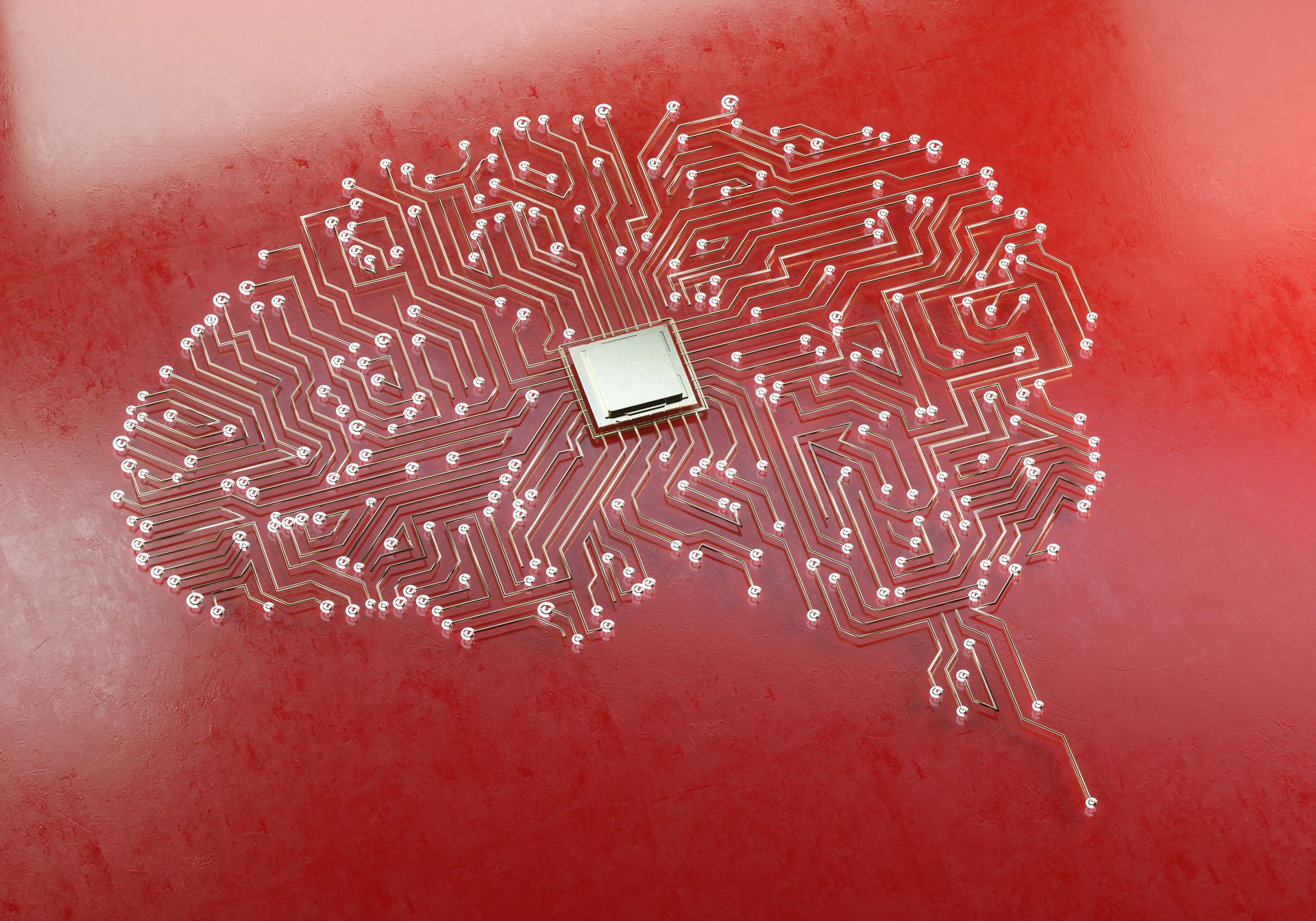Brain chips are getting smarter
Recent advances suggest brain chip technology is hitting its stride. The transformation is most visible in the first patient of Elon Musk’s Neuralink

Getty Images
A version of this article originally appeared in Quartz’s members-only Weekend Brief newsletter. Quartz members get access to exclusive newsletters and more. Sign up here.
After more than five decades of research, brain implants have quietly evolved from experimental curiosities confined to research labs into functioning tools that are actually changing lives.
Seven people now have Neuralink's brain chip implanted, allowing them to control computers, design 3D parts, and even continue working despite severe paralysis. Meanwhile, competitors such as Paradromics have achieved their first human implants, and researchers at UC Davis have created a system that translates thoughts directly into speech in just 10 milliseconds. The progress has been remarkable, even if the technology still faces significant hurdles before it can fulfill its most ambitious promises.
The transformation is most visible in the life of Noland Arbaugh, the first patient of Elon Musk’s Neuralink. Paralyzed from the shoulders down in a diving accident, the 31-year-old initially used his brain implant primarily for gaming. But he has now moved far beyond entertainment, focusing on emails, website editing, research, banking, and other daily tasks — essentially rebuilding his independence through digital means.
“I am constantly finding ways to improve my life and provide for myself financially,” he recently told PCMag.
This evolution from novelty to necessity reflects the broader maturation of brain-computer interface (BCI) technology. Mike, Neuralink's fourth patient who publicly goes by his first name only, has become the first person with a full-time job to use the technology, working as a survey technician from home using computer-aided design software. Alex, a former machine parts builder, now designs 3D components despite losing function of his arms.
While Neuralink commands the most attention — aided by Musk's promotional prowess and a recent $650 million funding round — it's hardly alone in the field. The company faces stiff competition from several rivals, each taking different technological approaches that could determine who reaches the market first.
Paradromics completed its first human implant last month, marking a major milestone for the Austin-based startup that boasts a brain chip with 1,600 electrodes compared to Neuralink's 1,024. Precision Neuroscience, cofounded by former Neuralink executive Ben Rapoport, takes a less invasive approach with thin films that sit on the brain's surface rather than penetrating it. It received FDA clearance for limited use earlier this year.
Synchron, which has already implanted 10 people with its device, avoids opening the skull entirely, threading its electrodes through blood vessels. Backed by Jeff Bezos and Bill Gates, it will soon become the first BCI with Bluetooth connectivity to Apple devices.
Recent advances suggest the technology is hitting its stride. The UC Davis team's speech synthesis system represents a fundamental shift from previous approaches. Rather than translating brain signals into text and then synthesizing speech — a process that created significant delays — UC Davis’ system converts thoughts directly into sounds with near-instantaneous 10-millisecond latency.
Meanwhile, researchers at Carnegie Mellon achieved real-time control of individual robotic fingers using non-invasive EEG technology, wearing a cap that reads brain signals through the skull. This suggests that future brain interfaces might not require surgery at all for certain applications.
Despite the remarkable progress, significant hurdles remain before BCIs become mainstream medical devices. The UC Davis speech system, while promising, still had a 43.75% word error rate in open transcription tests — an improvement over the patient's natural speech, but far from perfect communication.
Beyond accuracy improvements, companies must also solve cybersecurity and privacy challenges, protecting neural data that could represent the most intimate information humans generate while ensuring AI algorithms reliably decode thoughts across different patients and conditions.
Still, industry executives are increasingly confident about advancing from clinical trials to commercialization. Multiple companies expect to bring first-generation products to market within two to three years, targeting people with spinal cord injuries or ALS. These devices will likely offer smartphone and computer control, productivity software access, and basic communication capabilities.
The initial market may be small, focusing on people with severe mobility impairments. But the implications will likely extend far beyond that group . Even if he’s the first to get a Neuralink, Arbaugh said everyone who wants one will eventually have a BCI. Like the gene editing technology CRISPR before it, brain implants are poised to challenge fundamental assumptions about human capability and force society to grapple with questions about cognitive enhancement and what it means to be human.
For now, the technology represents something more modest but profound: the restoration of independence for people who have lost physical control of their bodies. Arbaugh and the others testing these devices today are pioneers in what may become a much larger transformation of human capability.
